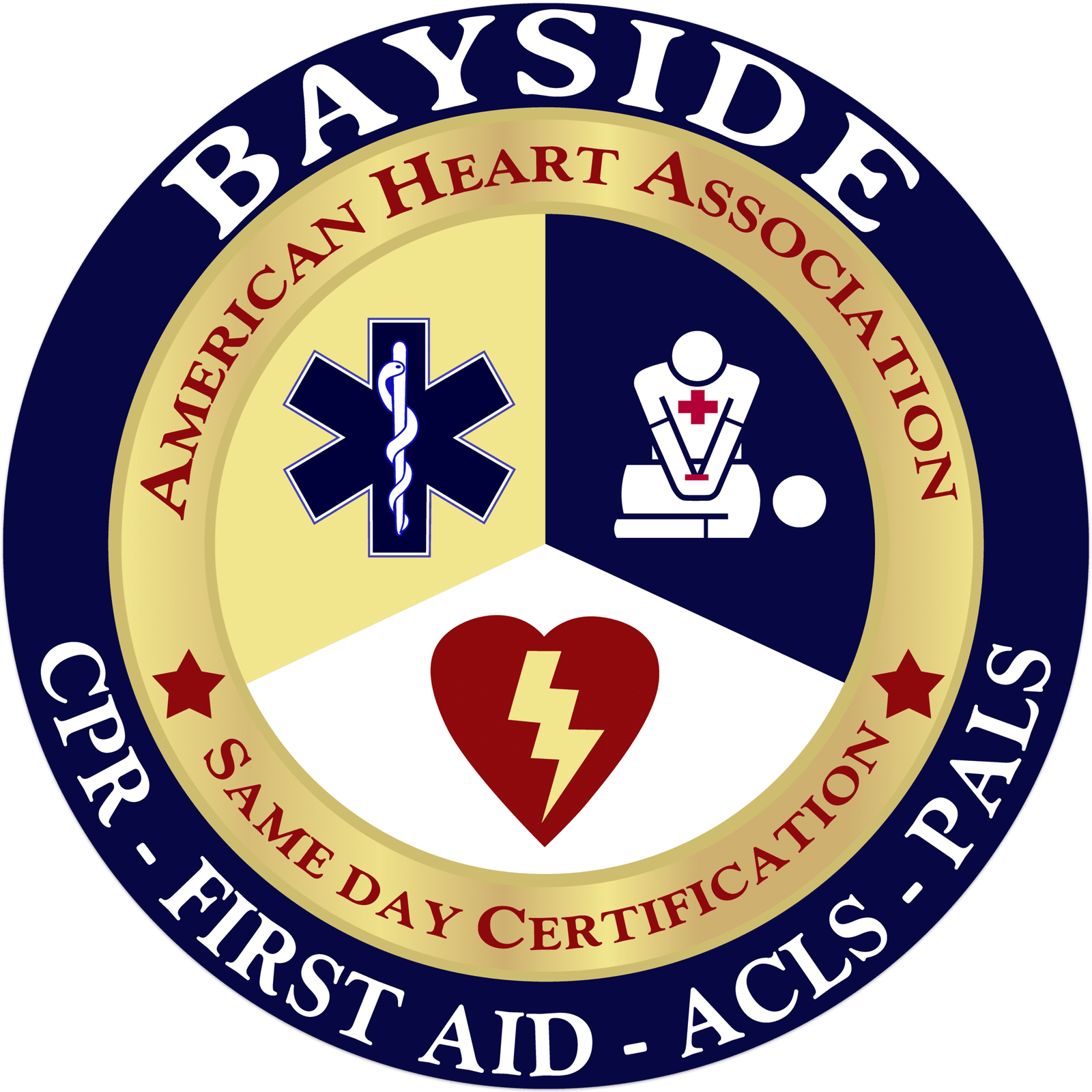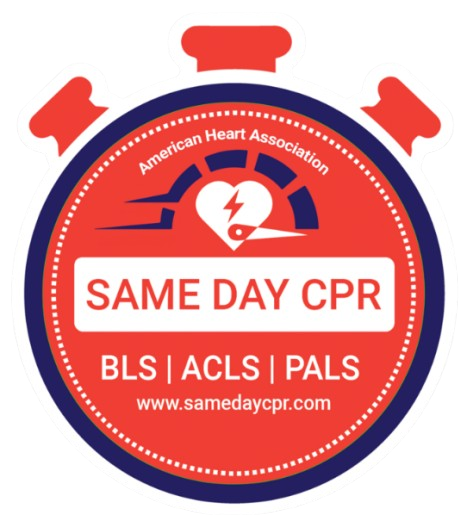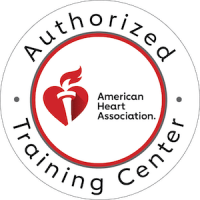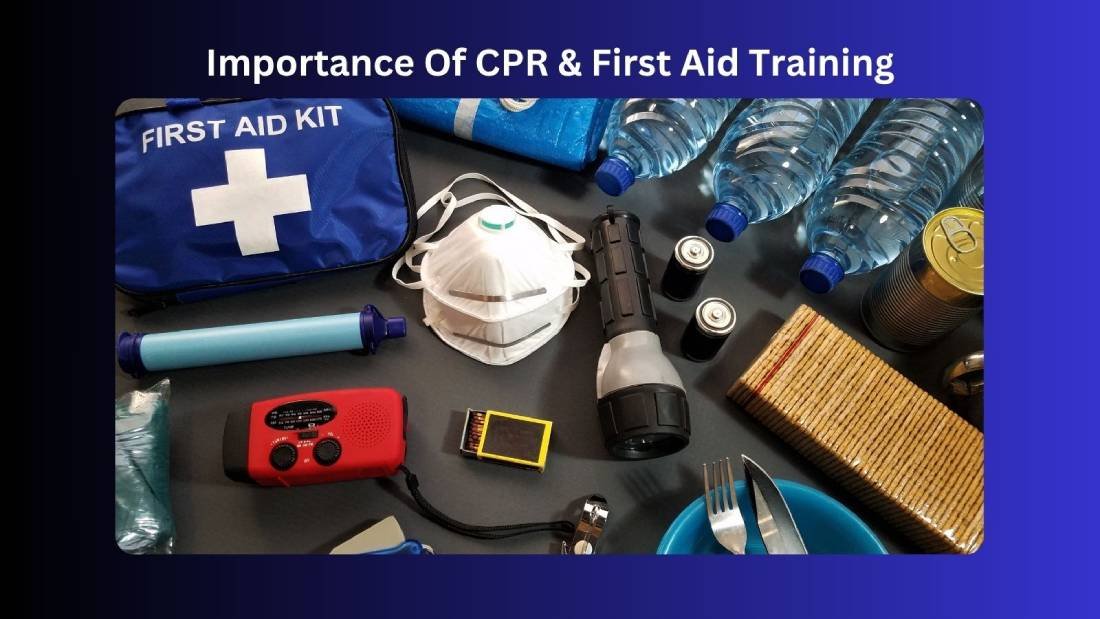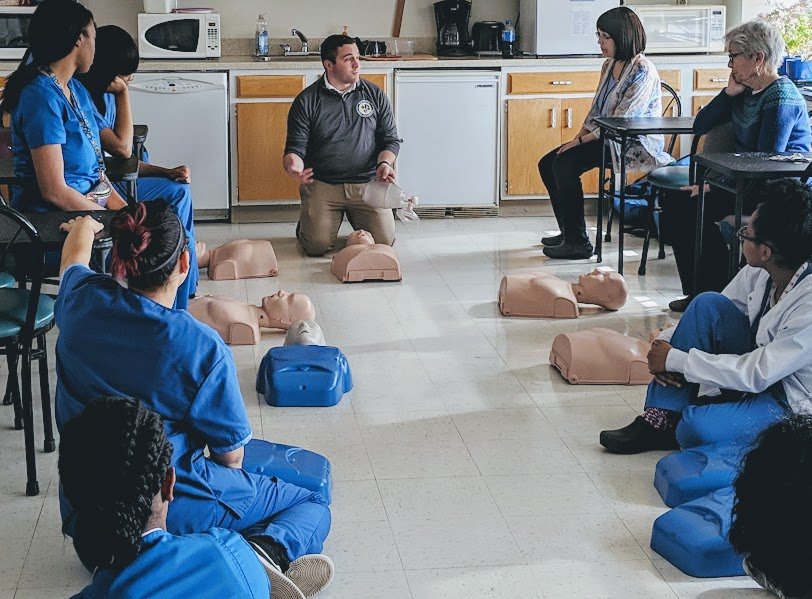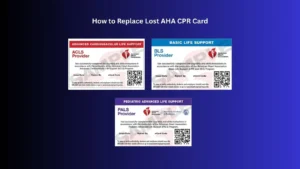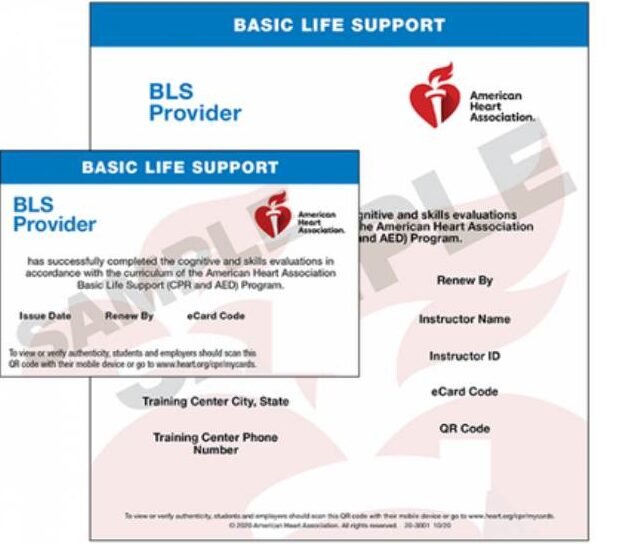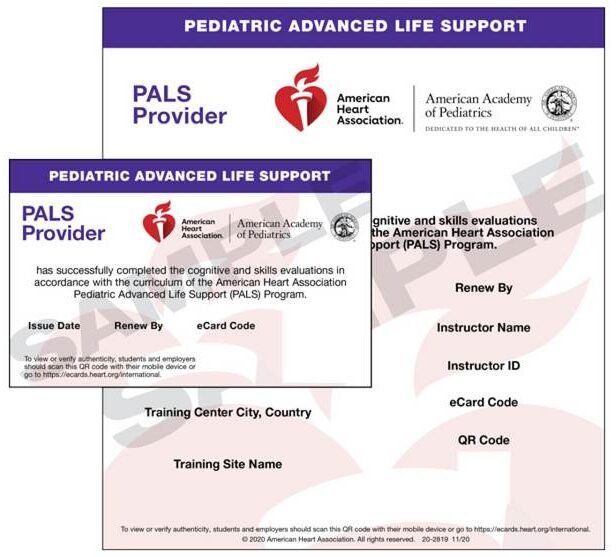Have you ever wondered what you’d do if someone collapsed right in front of you? It’s a scary thought, but it’s also a very real possibility. Emergencies don’t come with a warning, and when they strike, what happens in the first few minutes can mean the difference between life and death. That’s where emergency response skills, CPR, and first aid come in. By learning essential rescue techniques, like how to perform chest compressions, control bleeding, or respond to choking, you can be the person who steps up when it matters most. This swift action can improve the victim’s chance of survival by maintaining blood flow to vital organs. In turn, this minimizes brain damage and the risk of long-term complications for the affected individual. These aren’t just medical procedures; they’re lifesaving actions anyone can learn to make a critical difference in a crisis.
Let’s break it down in simple terms and talk about why these two skills are so important and how you can learn them to make a real difference when it matters most.
CPR stands for cardiopulmonary resuscitation. It’s a hands-on crisis procedure that helps keep a person alive when their heart stops beating or they stop breathing. You’ve probably seen it in movies: pumping on the chest, giving rescue breaths. But real-life CPR training is accessible to anyone, not just doctors or lifeguards. Even children as young as 9 years old can learn to administer effective CPR. Engaging in regular CPR training significantly boosts confidence and competence in critical situations.
First aid provides immediate injury treatment and essential care to stabilize a person’s condition before professional medical help arrives. It includes everything from applying a bandage and helping someone who’s choking to dealing with a seizure or a burn. You don’t need a medical degree, just the willingness to help and a little bit of knowledge.
Why CPR and First Aid Are Important?
Emergencies don’t wait for paramedics to arrive. In many cases, the first responder is a friend, a coworker, a family member, a parent, or even a passerby. That means you. Knowing CPR and first aid gives you the power to act while waiting for emergency services. A heart attack occurs when the blood supply to part of the heart muscle is blocked. In some cases, a heart attack can lead to cardiac arrest. Those first few minutes are critical, especially during cardiac arrest. Where every second without oxygen increases the risk of brain damage. You don’t have to do everything perfectly. Just doing something, anything, can make a massive difference.
When Is CPR and First Aid Needed?
CPR and First is needed when someone’s heart has stopped beating (that’s a cardiac emergency) or they’ve stopped breathing. Some common causes include
- A heart attack
- Drowning
- Drug overdose
- Choking
- Electrocution
- Trauma or injury
You’ll know someone needs CPR if they’re unresponsive, not breathing normally (or not breathing at all), and have no detectable pulse. If you’re ever unsure, call 911 and start chest compressions while help is on the way. Doing something is better than standing back and doing nothing.
Bystander CPR Improves Survival Rate
Here’s a statistic that might surprise you: According to the AHA, nearly 70% of cardiac arrests happen at home. That means the life you save with CPR is likely someone you love, your spouse, child, parent, friend, or student. Bystander CPR (that’s CPR performed by a non-professional before EMS arrives) can double, or even triple, a person’s chance of survival. Yes, triple. But here’s the catch: too few people feel confident enough to step in and help. That’s why learning CPR is so vital. When you know what to do, you won’t hesitate. You’ll act. And you might just save a life.
How to perform CPR?
Here are the 7 steps to perform CPR effectively:
- Step 1: Call 911 ( Emergency Medical Services)
- Step 2: Assess the Scene of the Emergency and the Condition of the Victim
- Step 3: Open the Airway
- Step 4: Check for Breathing
- Step 5: Begin Chest Compressions
- Step 6: Rescue Breaths
- Step 7: Repeat the CPR Cycle
Legal Protection for CPR Providers
A lot of people feel awkward and uncomfortable helping because they’re afraid of doing it wrong or getting in legal trouble. But here’s the reassuring part: most states have what’s called Good Samaritan Laws. These laws are designed to protect people who provide reasonable, good-faith assistance during an emergency. As long as you’re not being reckless or intentionally causing harm, you’re covered. You won’t be punished for trying to save a life. So don’t let fear stop you. Your courage and quick action could make all the difference.
The Role of CPR and First Aid in Community Safety
Imagine a neighborhood, workplace, or school where most people know CPR. That’s not just a safer place; it’s a stronger, more connected community. When people learn first aid and CPR, they’re not just gaining medical skills; they’re building confidence, compassion, and a sense of responsibility for others. They’re becoming everyday heroes. And that’s something we need more of: people who are ready to help, ready to care, and ready to act.
Knowing CPR & First Aid Can Save a Life
In short, learning CPR and first aid doesn’t take long. It doesn’t cost a lot. And it’s not just for healthcare workers; it is suitable for workplace safety where workers/laborers spend 8 hours a day. Also, it’s for sports coaches, teachers, friends, and neighbors. It’s for all of us. So the next time you see a CPR class being offered, take it. Bring a friend. Encourage your workplace to offer training. Because one day, someone might need help, and you’ll be the one who knows exactly what to do. This kind of lifesaving action prevents fatalities by addressing critical emergencies quickly and effectively, often before professional help can take over. At Bayside CPR, we provide comprehensive certification courses in first aid & CPR, ACLS, BLS, and PALS. Group training is also available, taught by experienced instructors dedicated to high-quality hands-on training. Upon completion, you’ll receive recognition as a qualified healthcare provider, empowered with the skills to make a real difference when it matters most. You’ve got the power to save a life. And that’s a pretty incredible thing. Contact us for more details.
